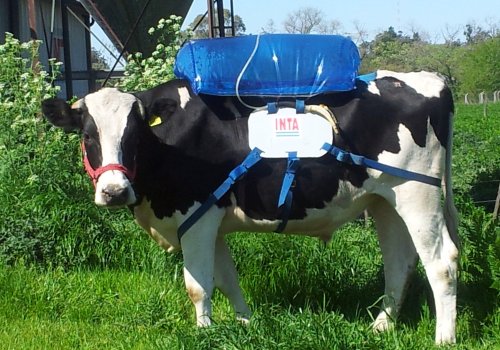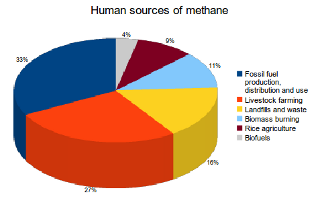Roberts states that sea level is not rising (and Pacific islands are actually rising higher above sea level!) and that there has been no global loss of glacial ice or sea ice. And then he starts in with a collection of fuzzy jpeg graphs that supposedly show CSIRO to be wrong about climate change.
For example, the oxygen isotope record from a single Antarctic ice core is lazily converted to temperature and treated as global average temperature. Some instrumental temperature data is slapped on top, and the claim is made that the world was at least 1 degree Celsius warmer about a thousand years ago. (It
was not.) The links to the data sources in the caption aren’t even right.
Roberts even rejects the idea that human emissions of CO2 are changing the concentration in the atmosphere—a fact that can be verified by
simple math as well as
shifting isotopic signatures. Roberts falsely claims that the isotopic signature of fossil fuel CO2 is the same as volcanic gas, so we can’t tell the difference. Amazingly, he goes even further, adding the bizarre claim that atmospheric CO2 “is not and cannot be affected by human production.”
At the next step in the chain, Roberts’ document channels Timothy Ball and rejects the idea that increasing atmospheric CO2 can change atmospheric temperatures—flatly contradicting physics and denying the existence of Venus at the same time.



